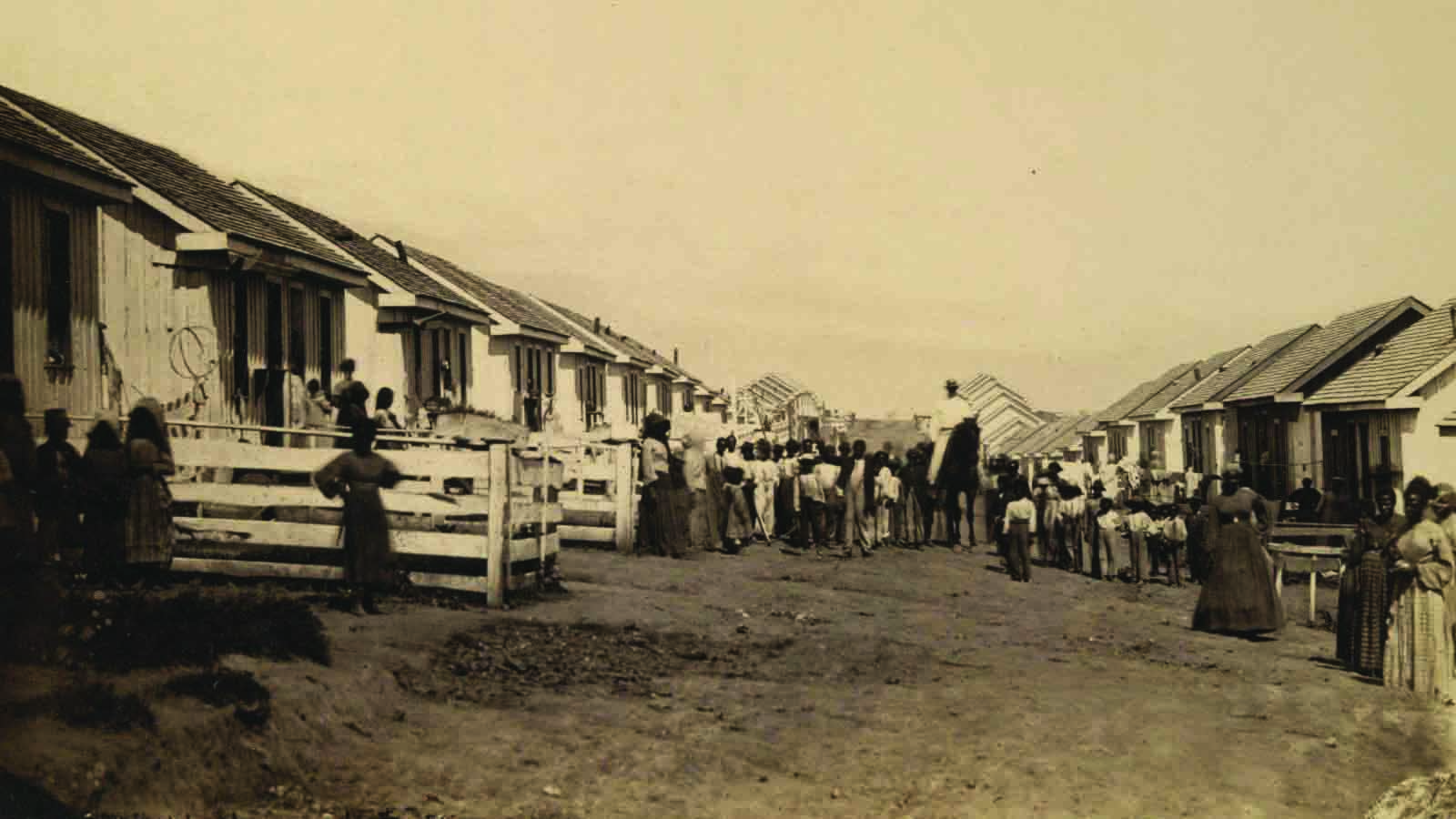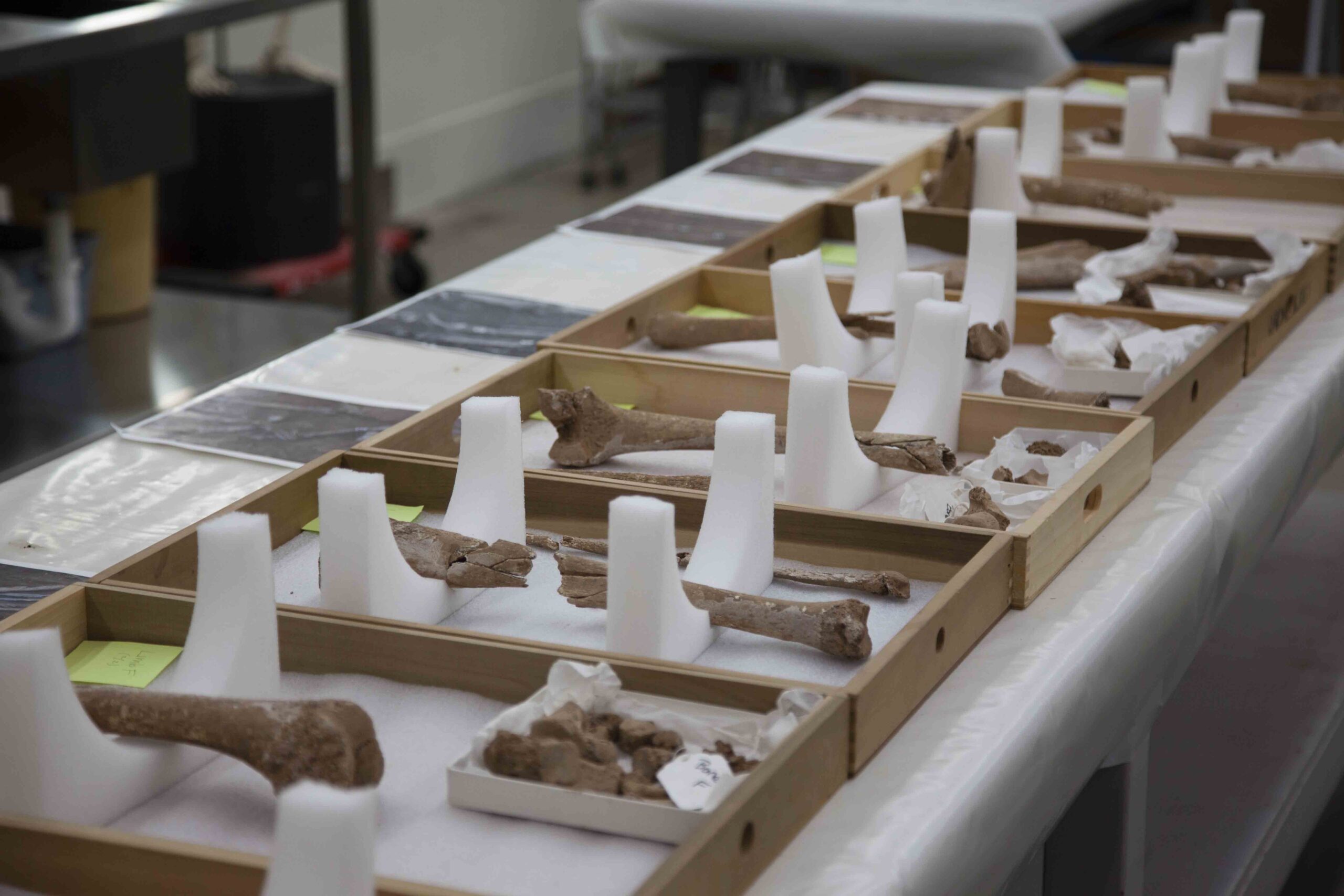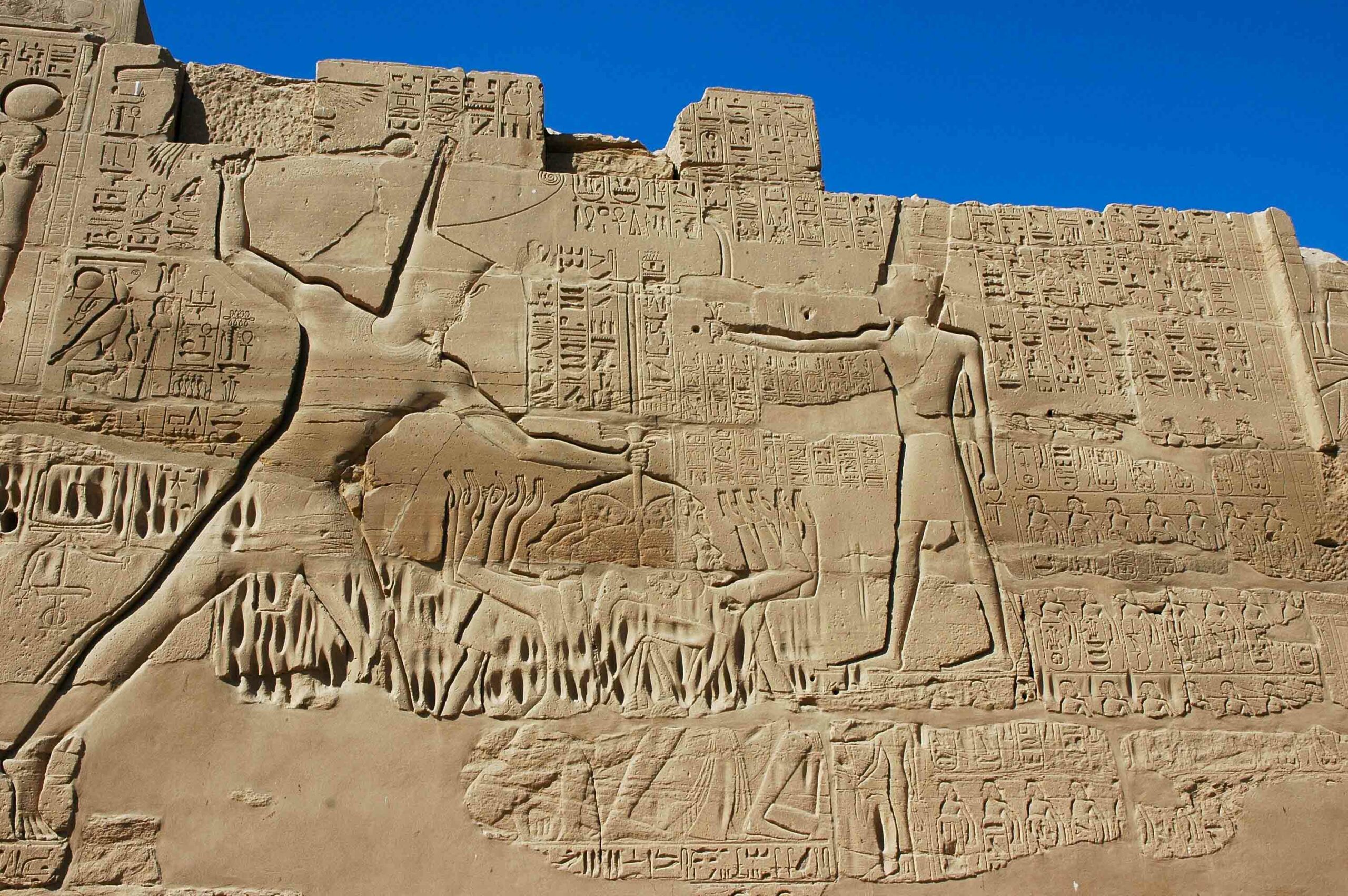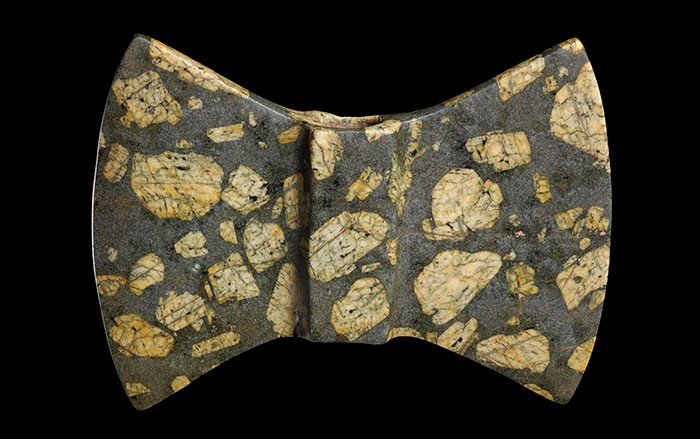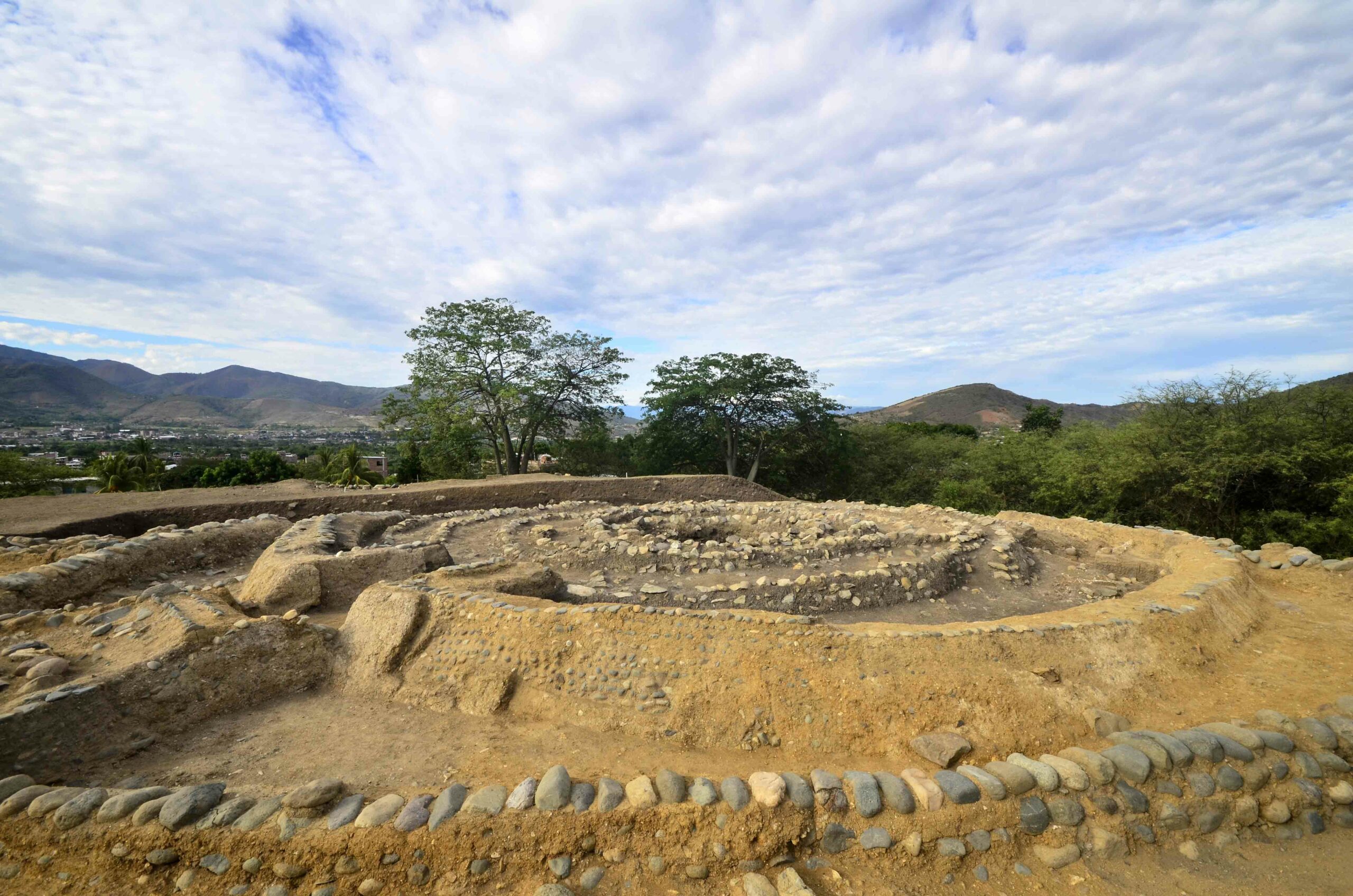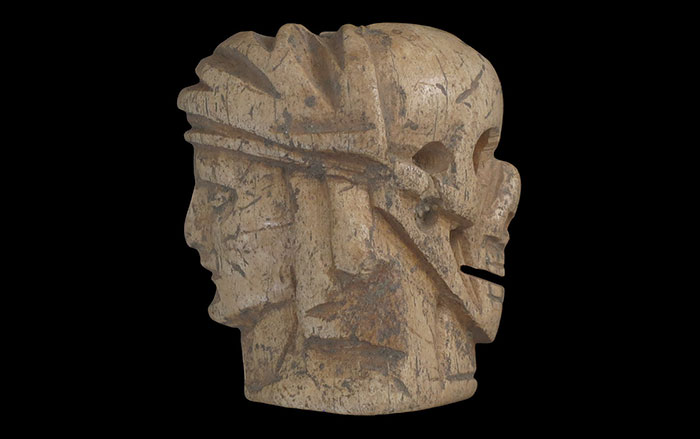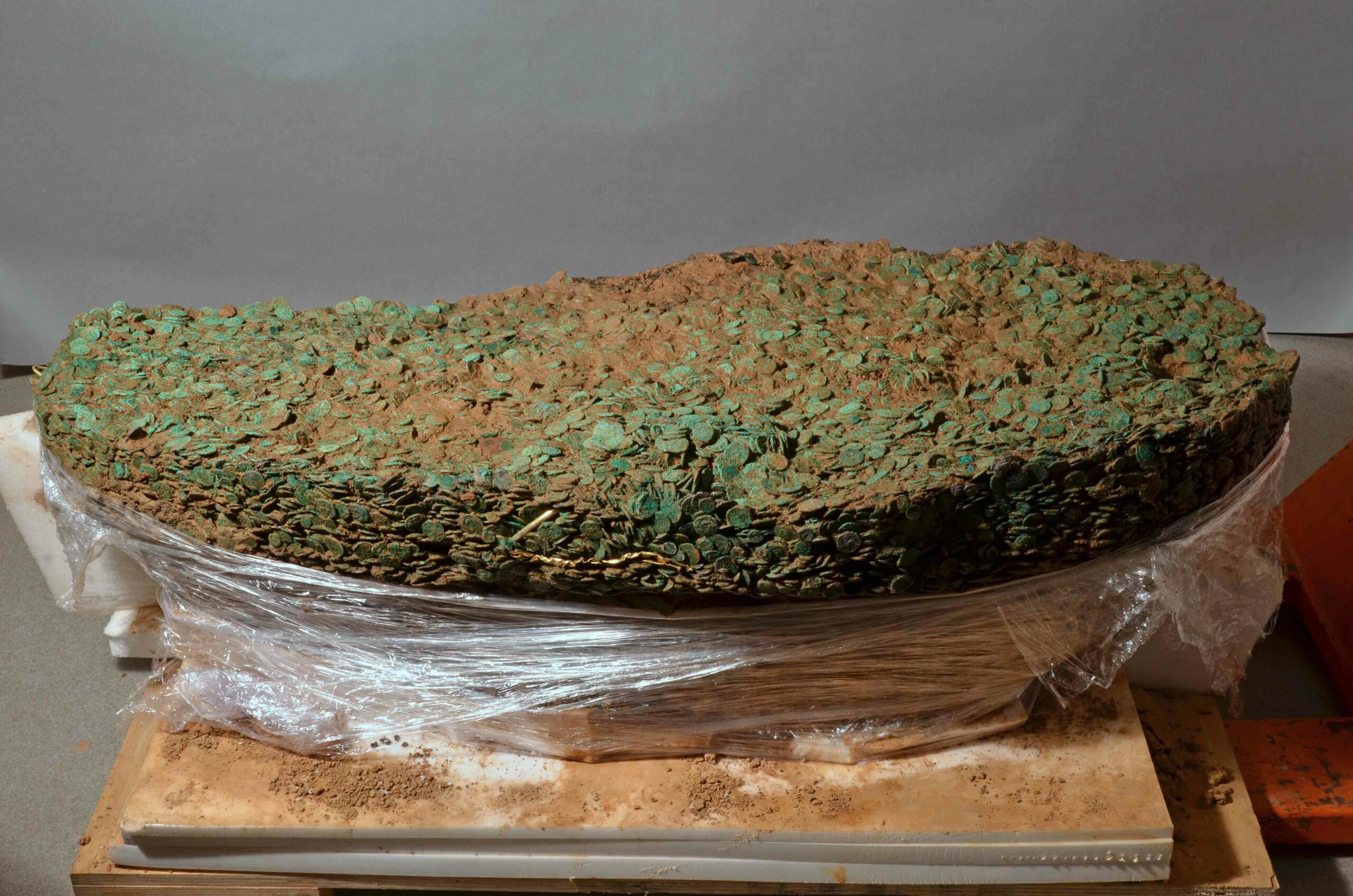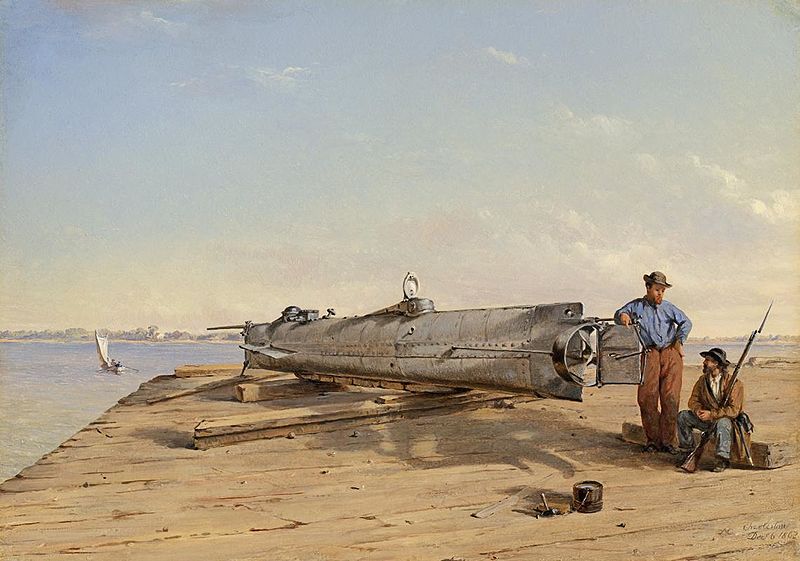
CHARLESTON, SOUTH CAROLINA—The Post and Courier reports that Navy scientists disagree with Duke University researchers, who claimed that the sailors aboard the Confederate submarine H.L. Hunley were killed when their spar-mounted torpedo rammed Housatonic, a Union blockade ship. Paul Taylor, a spokesperson for the Naval History and Heritage Command, said Navy scientists have also tested the forces of the explosion, but concluded that the men were not seriously injured by them. And James Downs, former chief medical examiner for the state of Alabama, examined the men’s intact brains, and found no sign of trauma. Kellen Correia, president and executive director of Friends of the Hunley, said that the Duke University researchers lacked the data collected by scientists at Clemson University, where the submarine is being conserved, and other research institutions. Additional theories on what led to the deaths of the Hunley crew implicate a small hole in its forward conning tower; a lack of oxygen while waiting for the tide to change after the attack; a possible collision with USS Canandaigua, which came to rescue the survivors of the Housatonic explosion; and a breach in the ballast tank, perhaps as a result of the explosion. But Navy researchers point out that there are clues that support and contradict each of these theories as well. To read in-depth about H.L. Hunley, go to “History's Greatest Wrecks: USS Monitor and H.L. Hunley.”



